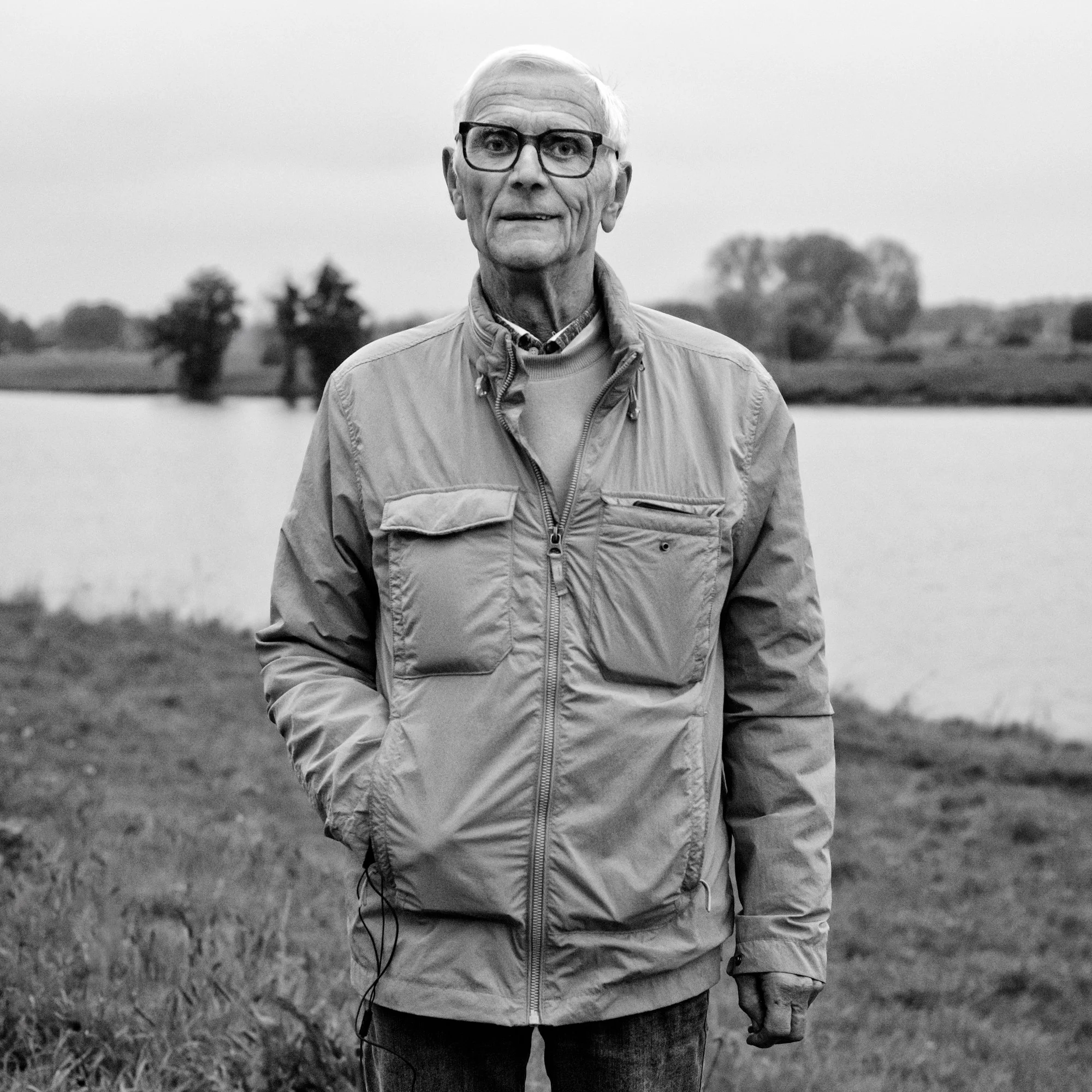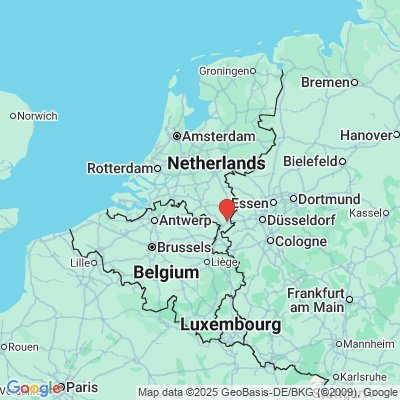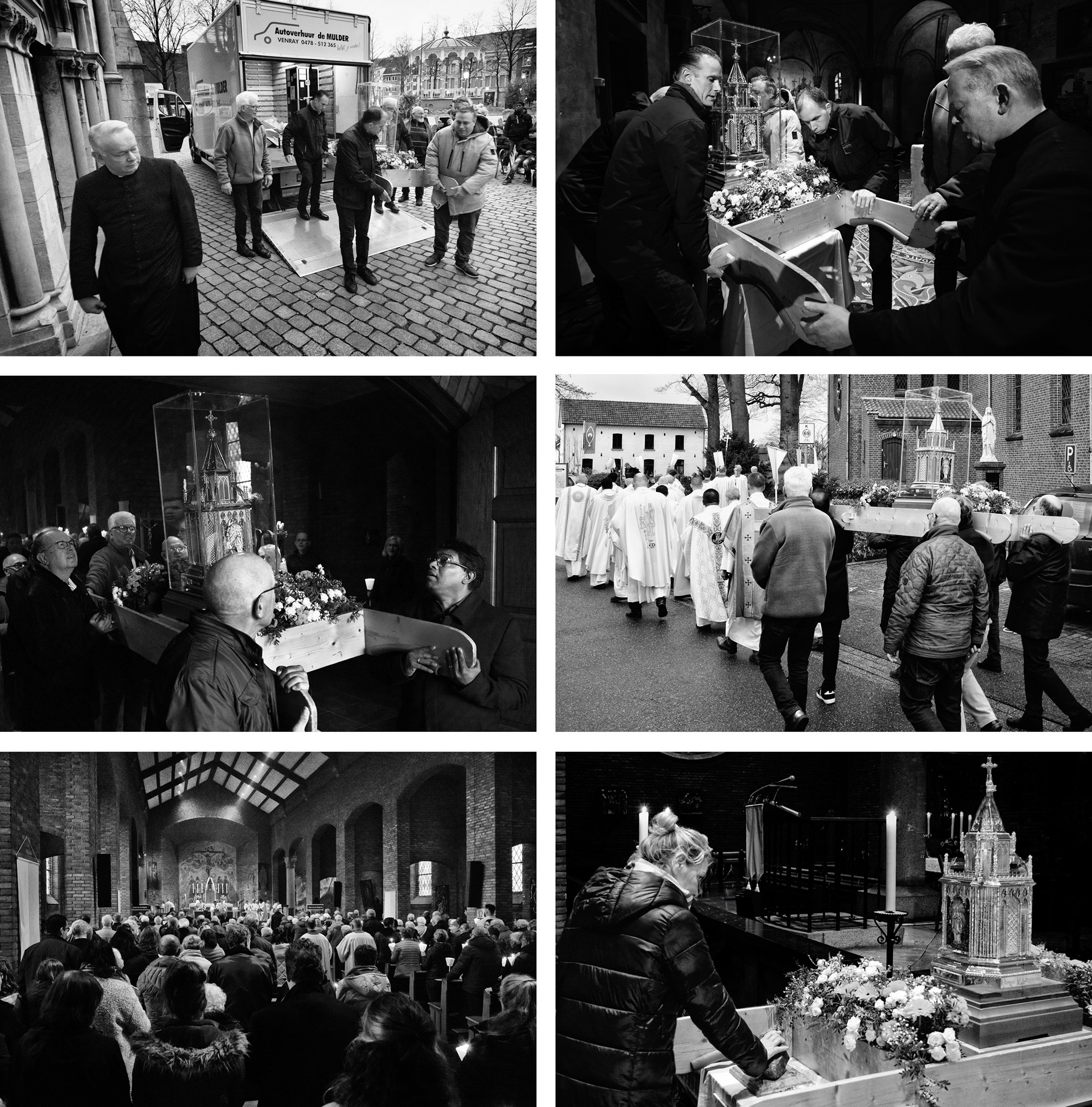The "kermis" is a lively and cherished fair tradition in the Netherlands, with roots that stretch back to medieval times. Originating from the term "kerk" (church) and "mis" (mass), the kermis began as a religious celebration marking the consecration day of a church. These events featured a mix of religious ceremonies, masses, and community festivities. Over the centuries, the religious significance of kermis gradually waned, evolving into a secular event characterized by amusement rides, games, food stalls, and entertainment.
In Roermond, a historic city in the Dutch province of Limburg, the kermis holds a special place in local tradition. Roermond's kermis blends traditional fair elements with the city's rich cultural heritage, highlighting local customs and community spirit. This event remains a vibrant part of Roermond’s cultural calendar, drawing visitors from near and far to experience its festive atmosphere and historical significance.
An unique aspect of Roermond’s kermis is the concept of "kermisadel" or "kermis nobility," introduced by Roermond journalist Piet Tummers (1919-2005). Tummers used the term to compare the city's prominent noble families with successful local fair operators who built impressive homes and monuments, forming a distinguished "kermis nobility." In the mid-19th century, Roermond attracted industrialists, artists, and musicians from the Netherlands, Germany, and Belgium. Among these were Nicolas Xhaflaire and Catharina Bovy, who transitioned from peddling to the fair business around 1830 and established a kermis dynasty in Roermond.
Their descendants, such as Laurentius Xhaflaire and Margaretha Xhaflaire, who married into other fair families, continued to innovate and expand the fair industry. Jean Wolfs, for instance, introduced one of the first steam-driven carousels in the Netherlands. His descendants, like Gerard Wolfs, furthered the family’s success with luxurious homes and new fair attractions. The Van Bergen brothers, another branch of this kermisadel, founded the Royal Theaters in Roermond and Heerlen, showcasing their entrepreneurial spirit.
The kermis in the Catholic South of the Netherlands, including Roermond, retains its historical significance as a time of communal celebration and cultural heritage, reflecting a rich history, family ties, and local pride.




































